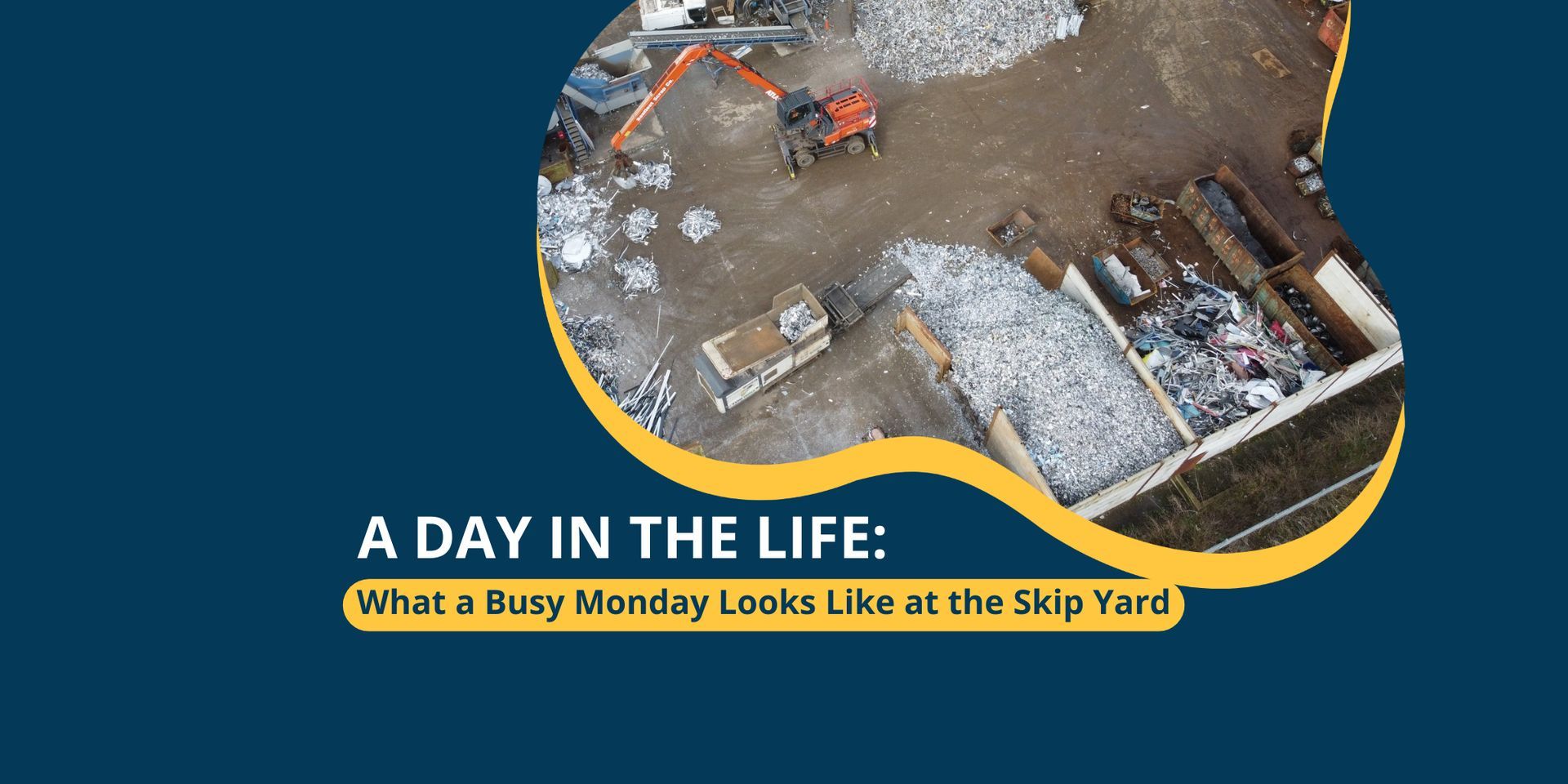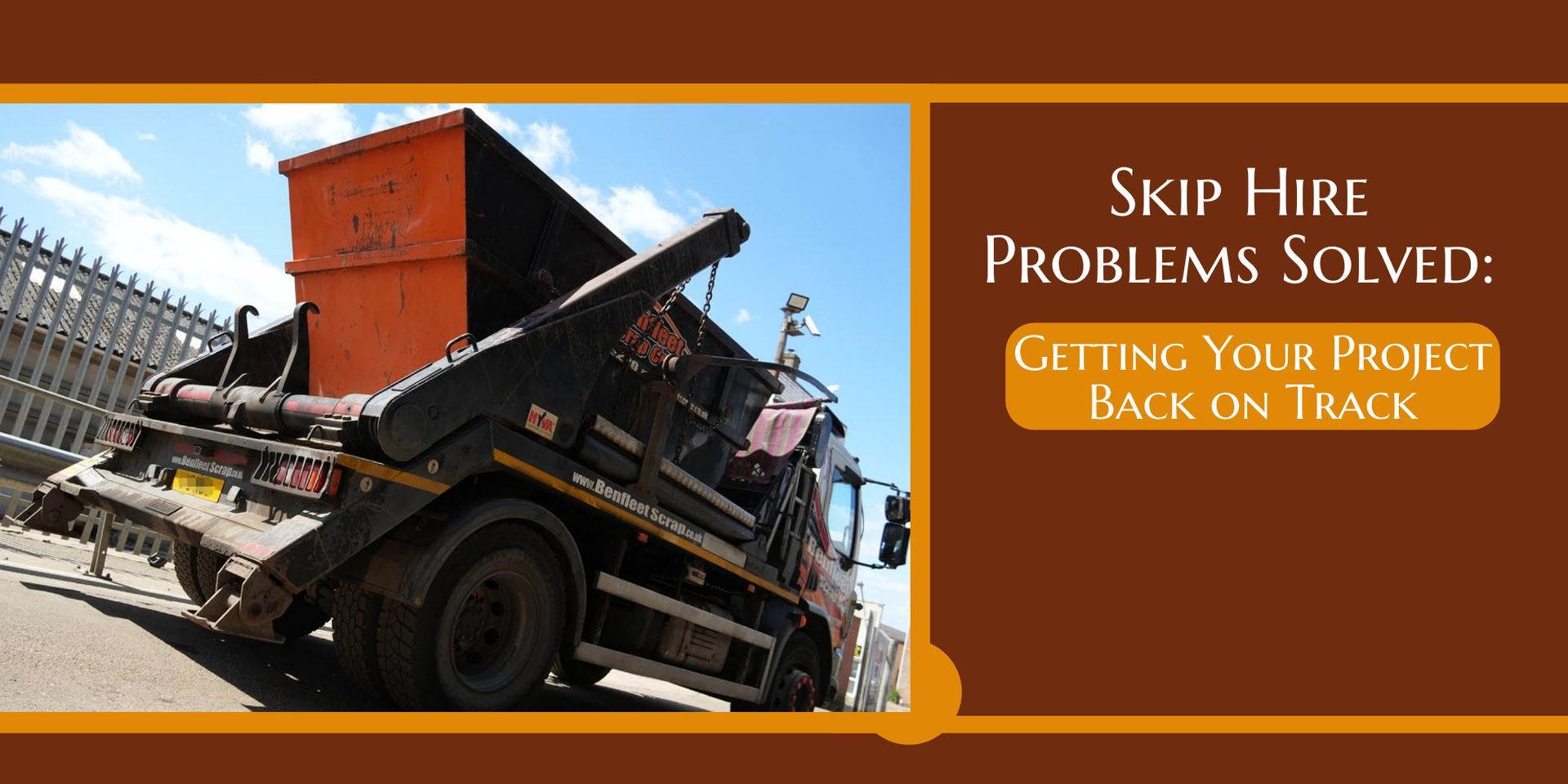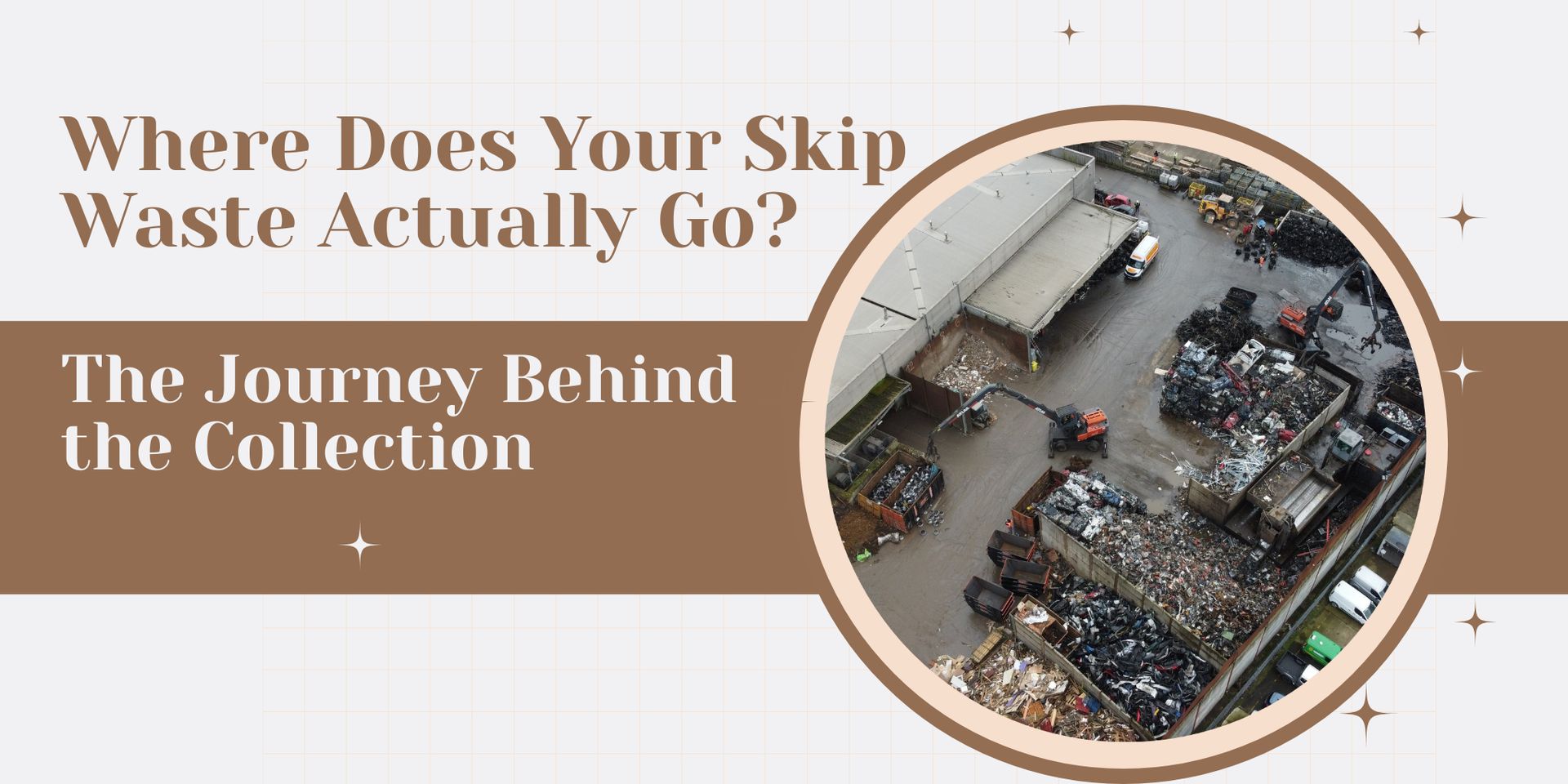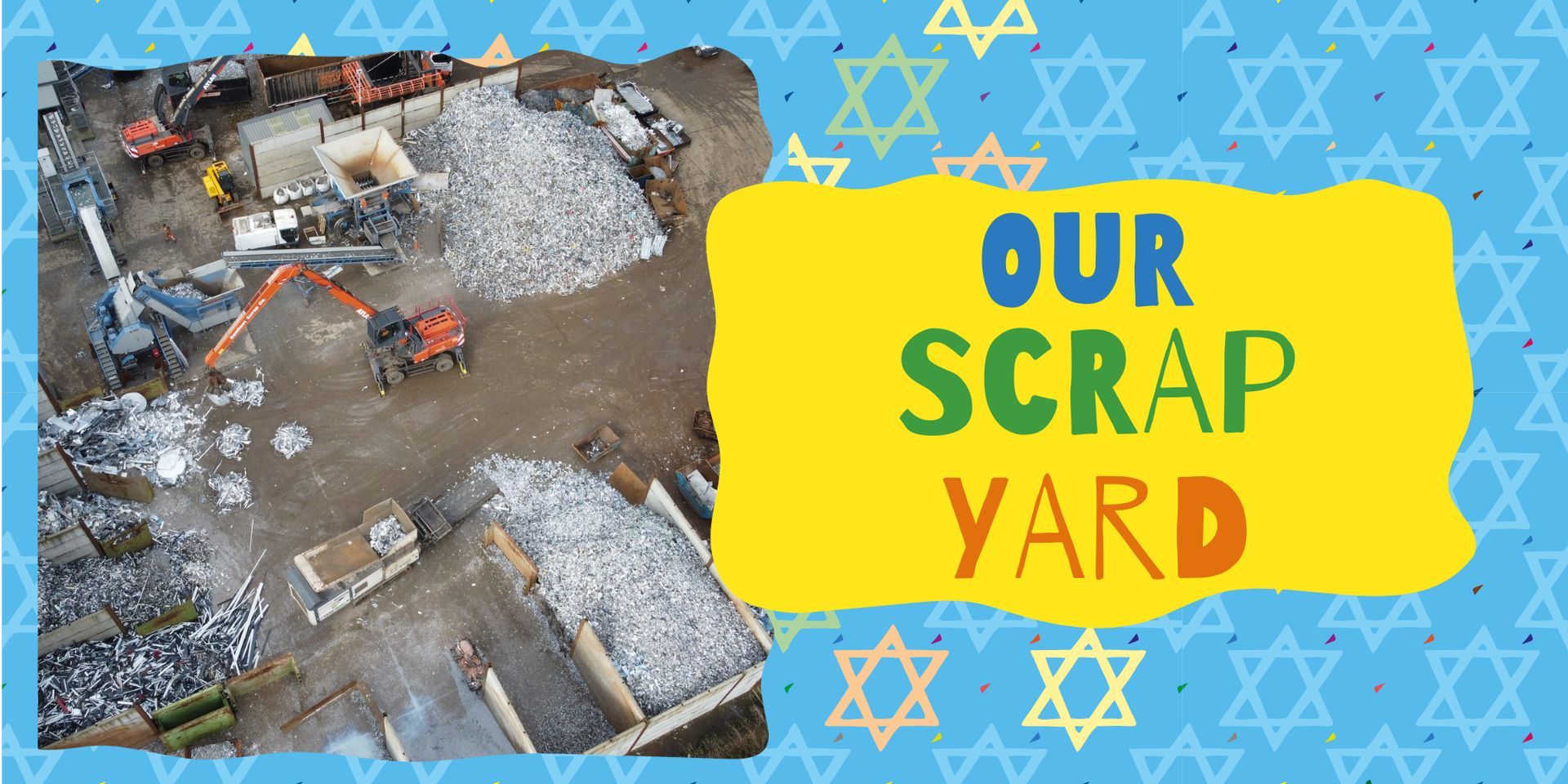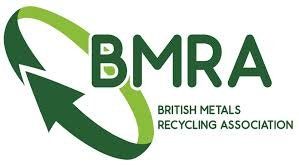A Day in the Life of a Scrap Yard: Navigating the World of Recycling and Reclamation
Let's uncover the daily operations of a Scrap Yard
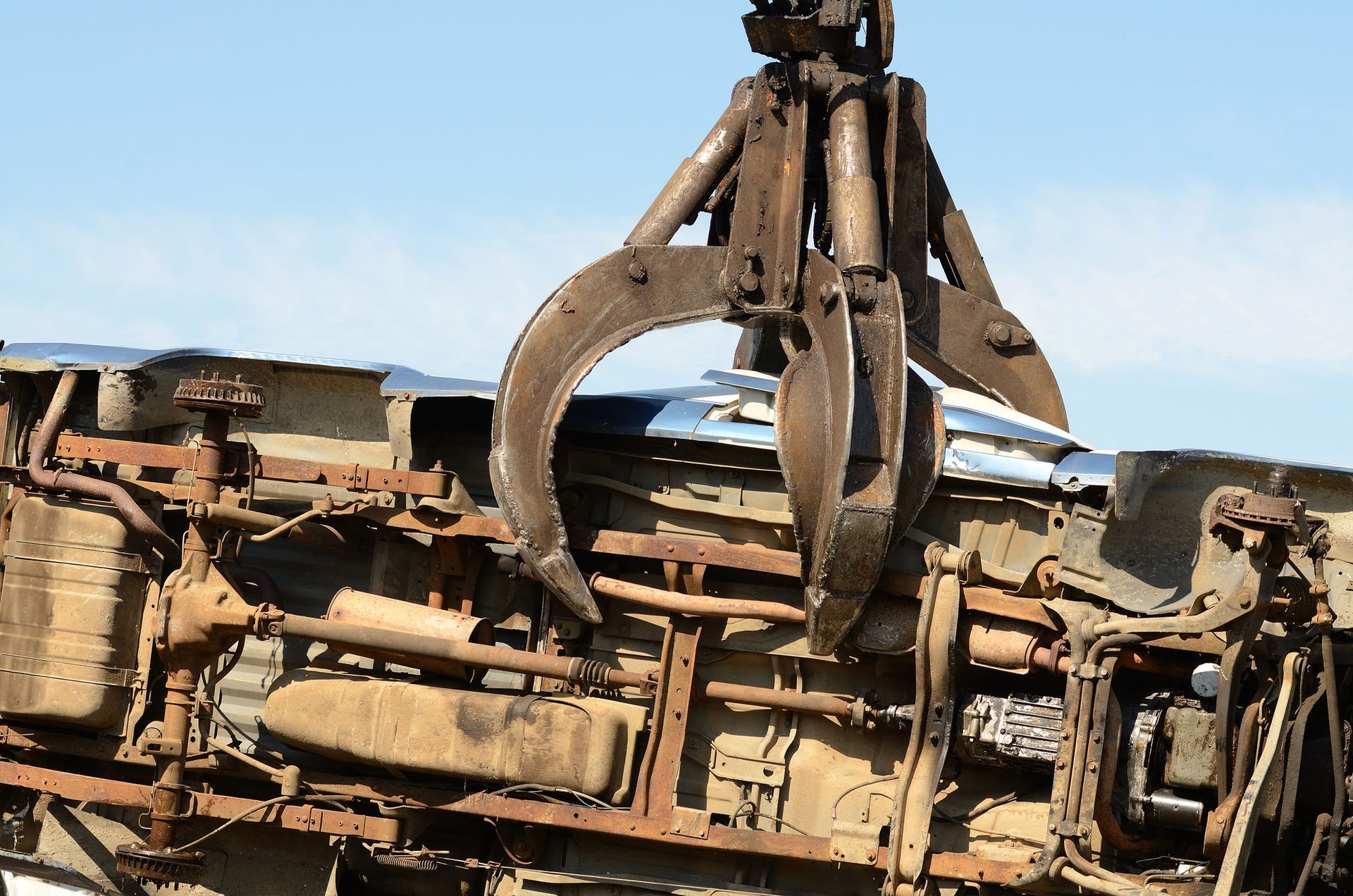
Step into the bustling world of a UK scrap yard, where metal, machinery, and a myriad of discarded materials find new purpose through the art of recycling and reclamation.
Let's uncover the daily operations and the diverse materials that flow through the veins of these essential hubs of sustainability.
Morning Rush: Material Arrivals and Sorting
Incoming Deliveries
The day often starts with deliveries of various materials, from old vehicles and appliances to industrial scrap metal. These arrive from diverse sources, including individuals, businesses, and demolition sites.
Sorting and Categorisation
Upon arrival, the meticulous process of sorting begins. Skilled workers categorise materials based on their type, quality, and composition. Segregation ensures efficient recycling and appropriate disposal of hazardous materials.
Processing and Preparation
Mechanical Processing
Once sorted, the materials undergo mechanical processing. Machinery and equipment come to life, shredding vehicles, compressing metals, and reducing items to manageable sizes for further processing.
Mechanical Processing
Once sorted, the materials undergo mechanical processing. Machinery and equipment come to life, shredding vehicles, compressing metals, and reducing items to manageable sizes for further processing.
Cleaning and Preparing
Metals are cleaned and prepared for recycling. Ferrous and non-ferrous metals are separated, ensuring that each material type is processed according to its specific recycling requirements.
Recycling and Reclamation
Recycling and Reclamation
Material Sales
Processed and refined materials are packaged and prepared for sale to manufacturers and industries seeking recycled materials. These recycled materials play a vital role in reducing the demand for raw resources.
Environmental Responsibility and Compliance
Waste Management
A critical aspect of a scrap yard's operations involves responsible waste management. Hazardous materials are handled and disposed of in compliance with environmental regulations to prevent harm to the environment.
Regulatory Compliance
Scrap yards operate under strict regulatory frameworks, ensuring adherence to environmental standards, health, and safety protocols, and compliance with licensing requirements.
Community Engagement and Sustainability
Education and Outreach
Many scrap yards actively engage with their communities, offering educational programmes on recycling, waste reduction, and the importance of sustainability.
Promoting a Circular Economy
Through recycling and reclamation, scrap yards contribute to the circular economy by reducing waste, conserving resources, and minimising environmental impact.
Conclusion
A UK scrap yard is a dynamic hub where discarded materials find new life, contributing to a sustainable future.
From the bustle of material sorting to the precision of recycling and compliance, these facilities play a pivotal role in recycling, promoting environmental responsibility, and fostering a culture of sustainability.
If you have a question about this blog (or any of our other blogs) then please do not hesitate to get in touch.
We will always try and answer your question quickly and professionally.


